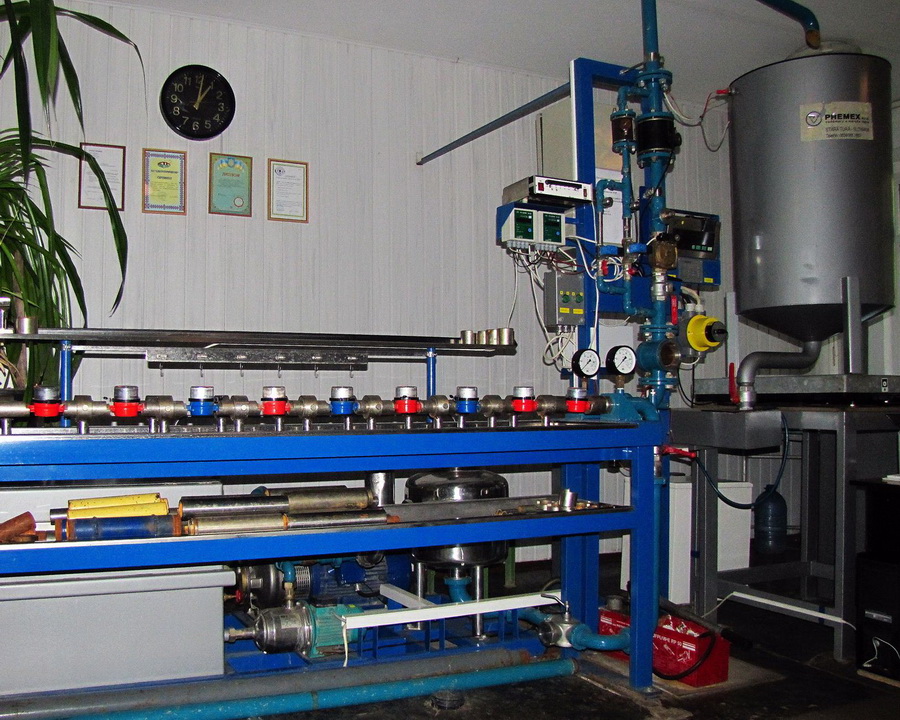Please do not block ads on our site. Clicks on ads help us exist, grow and become more useful for you!
Maintenance and verification of heat meters
The design of the heat meter is simple and reliable, so if installed correctly, the meters do not require special technical maintenance during operation.
All service work consists of periodic reading of the measurements and dismantling once every 4 years for periodic calibration.
Measurement Reading
To calculate the payment for heat consumption, the object uses the value of accumulated thermal energy measured in Gcal (gigacalories), GJ (gigajoules), or kWh (kilowatt-hours). Therefore, the value of accumulated thermal energy must be transmitted to the heat supply organization.
Since in case of an error, the heat meter stops accumulating thermal energy and starts accumulating the time of operation with the error, the second indicator transmitted to the heat supply organization is the time of operation with the error. During the time of operation with the error, you will be charged using the same formula as for subscribers without heat meters.
In addition to the two main indicators, the heat supply organization may require the transmission of additional data, but they will not be used to calculate the payment for consumed heat and are needed only to check the correctness of the operation modes.
Data transmission from the heat meter can be carried out electronically on the website of the heat supply organization, by phone, or in the form of a statement. The frequency of taking measurements and transmitting data is determined by the heat supply organization.
Self-diagnosis and error indication
In order to prevent incorrect heat accounting, all heat meters conduct self-diagnosis, and in case of deviations affecting the accuracy of accounting, they stop accumulating consumed heat energy, and an error message is displayed on the screen. Error message codes can be found in the heat meter's passport.
Possible errors that the heat meter detects during self-diagnosis:
- Temperature is outside the measurement range
- Flow rate is outside the measurement range
- Temperature difference between sensors is less than 3°C
- Incorrect installation of temperature sensors (negative difference)
- Temperature difference is detected when there is no flow for more than an hour
- Incorrect installation of the flow sensor (reverse direction)
- Air in the flow part of the flow sensor
- No power supply (for devices with external power supply)
- Low battery charge (for heat meters with battery power)
- Malfunction of the temperature sensor
- Malfunction of the calculator
- Memory damage
Verification of Heat Meters
Verification of Heat Meters is a periodic procedure to check the conformity of the device to the metrological class. The frequency of verification depends on the type of flow meter.
Modern heat meters are verified once every four years by a specialized organization that has received permission from metrological authorities. Usually, verification is performed after the heating season, for which the measuring instrument should be unsealed, removed, and sent to the organization that performs the verification.
Heat meters are checked on a test bench, the principle of which is to pump a certain amount of water through the flow meter and then compare the readings of the flow meter with the amount of water poured.
After passing the verification, the heat meter is installed in its previous location, and a metrologist from the heat supply organization is called to seal it.
question : comment : feedback
520
 Catalog of
Catalog of heat meters
Landis Gyr
Landis Gyr
DIEHL
Zenner
Zenner
AXIOMA Metering
AXIOMA Metering
Kamstrup
Kamstrup
Аква Украина
Engelmann
Itron
Sensus
Sensus
Sontex
Семпал
Семпал
Maddalena
ИТ
Danfoss
Danfoss
Danfoss
Kamstrup
Kamstrup
Kamstrup
Sontex
Sontex
Sontex
Sontex
DIEHL
DIEHL
Sensus
Sensus
Sensus
Sensus
Sensus












